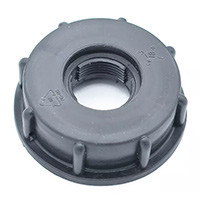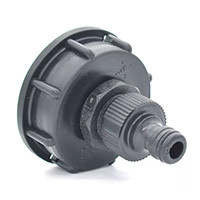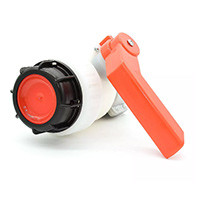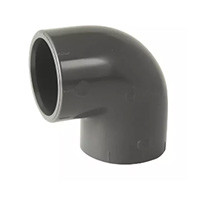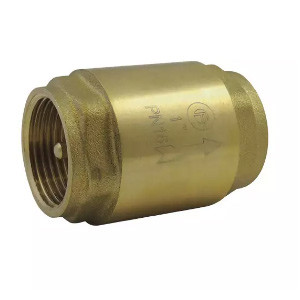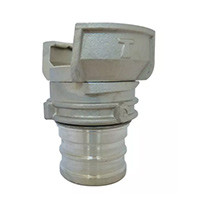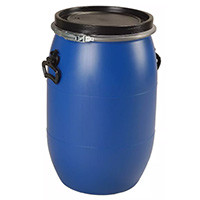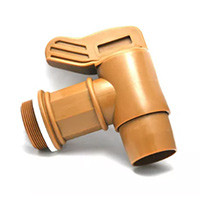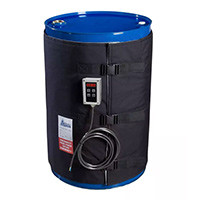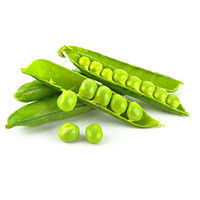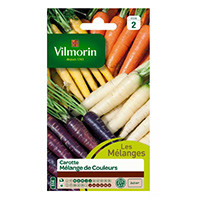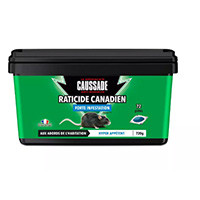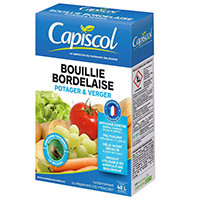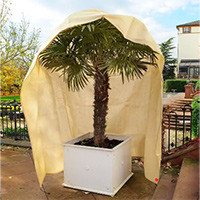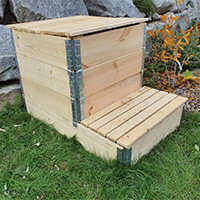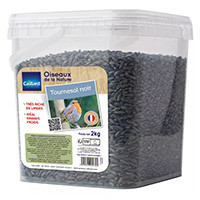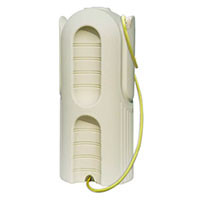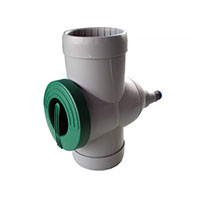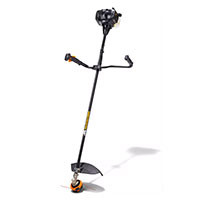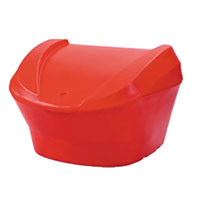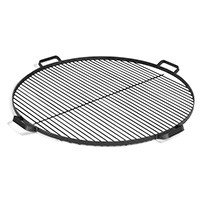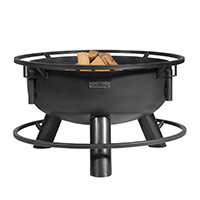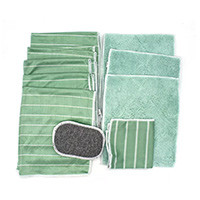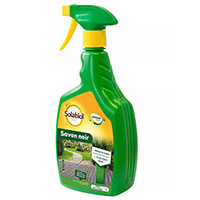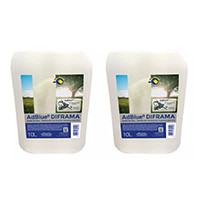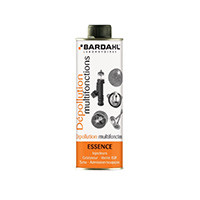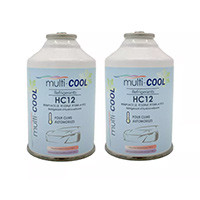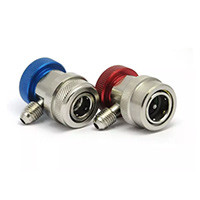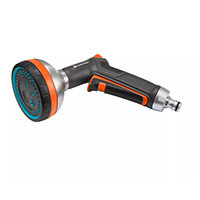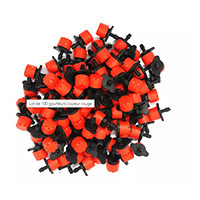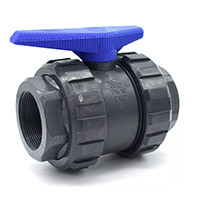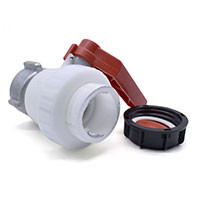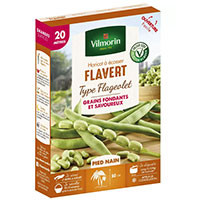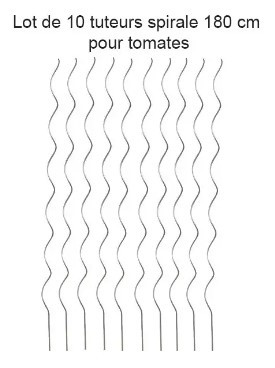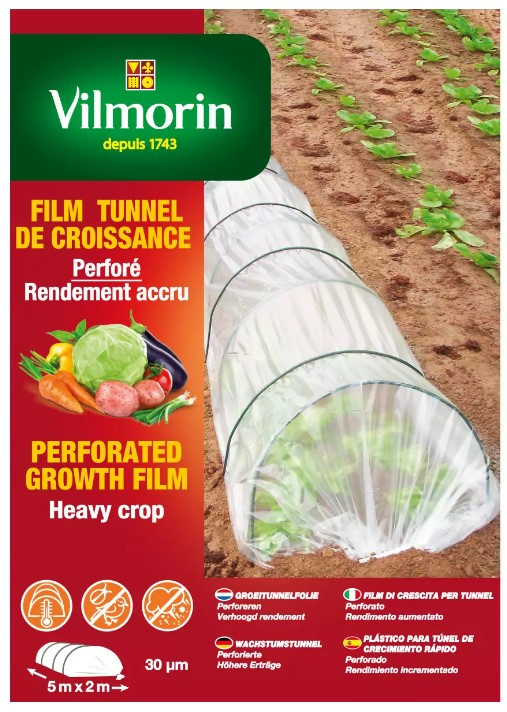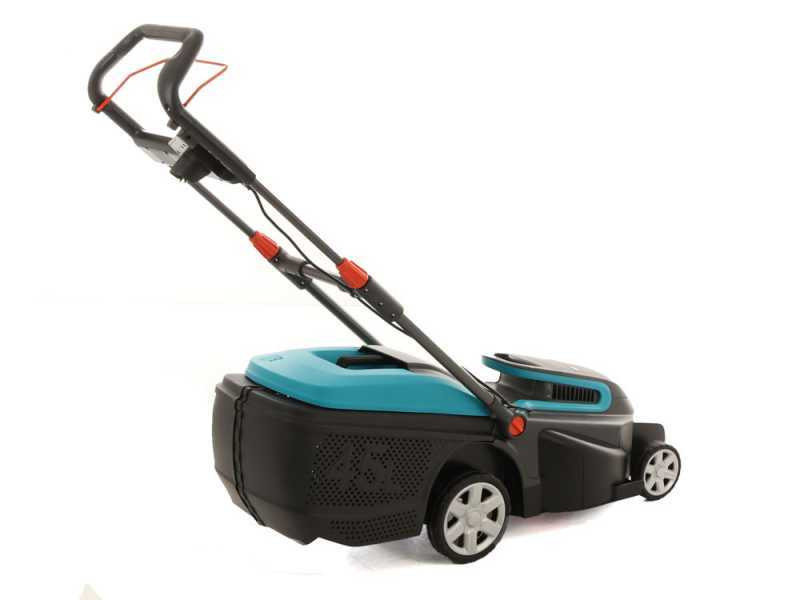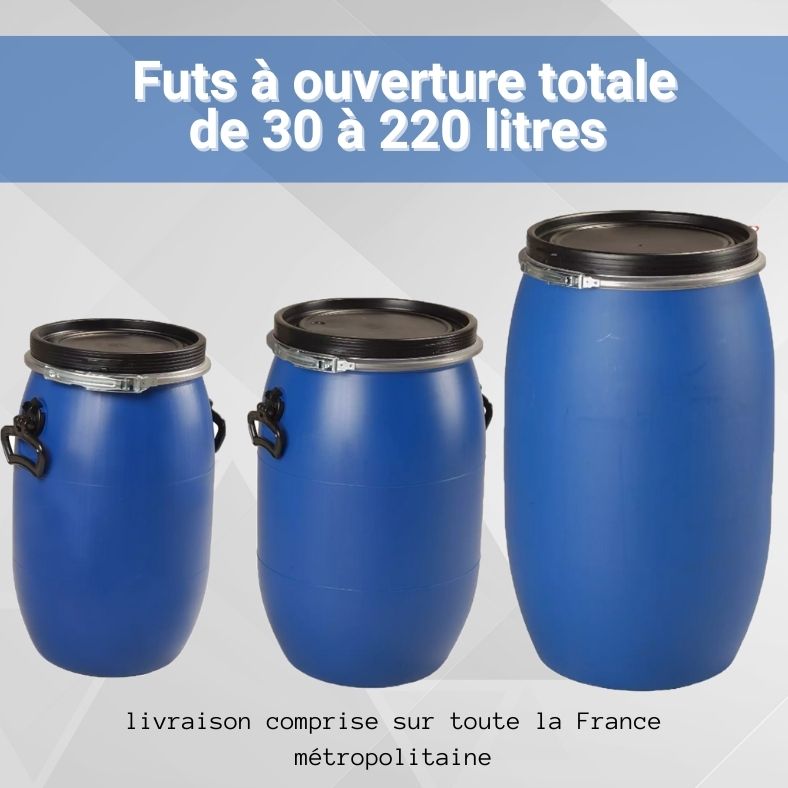Everything you need to know about liquid fertilizers
Want to grow vigorous plants with green leaves? Find out everything you need to know about liquid fertilizers, which will help you provide them with the nutrients they need.
What is fertilizer for?
To develop properly, a plant needs light, water, soil or a substrate - a growing medium in which plants are planted above ground to develop their roots - and nutrients.
When all goes well, these nutrients (nitrogen, phosphorus, potassium, and micronutrients inlower amounts) are contained in the earth, but sometimes the earth does not contain enough,or that these elements are en quantitdepleted. In this case, the plant must be fattened to ensure its growth, and this is what the fertilizer allows.
Composed largely ofnitrogen (N) that helps the leaves to remain green and the stems to flourish, phosphorus (P) whose action is concentrated on the roots, and potassium (K) which promotes flowering and fruiting, the fertilizer contains varying amounts of these elements.
"NPK" is referred to as "NPK" when each of them is equally present in the composition. For a commercial fertilizer, this is indicated on the packaging.. But there are a multitude of types of fertilizer, some of which are not even found in stores.
Focus on different types of fertilizer
It's hard to find yourself in the middle of all these types of fertilizers. To get a clearer picture, bear in mind that there are three large families:
- Chemical fertilizers,synthesized in the laboratory;
- Organic fertilizers,which come directly from materials from the living;
- Naturalfertilizers, whose particularity is to be composed of elements present in nature, be they minerals, plants or organic matter.
You read it right: there are organic fertilizers, and natural fertilizers made of organic matter... There's plenty to get lost in, we'll give you it! Just remember that while organic fertilizers are necessarily natural, not all natural fertilizers are organic.
Moreover, an organic fertilizer is not necessarily organic or environmentallyfriendly. Whetherit is dried blood, ridge flour or seaweed powder, the material comes from channels that do not necessarily have the "organic" label. bio
Why choose a liquid fertilizer?
Once the type of fertilizer is chosen, you will also have to choose the shape: there are fertilizersin allforms, from soluble powder to granulatedor sticks, through liquid fertilizer, to dilute or not.
While liquid fertilizer has several advantages, it is often chosen by its ease of use. Indeed, it is contained in an easily transportable bottle, which does not weigh heavy and can be stored in any closet of the house, without being afraid of leaks that often cause damage.
It also requires no mixing or dosage, since it is generally ready to use, and exists in different formulas that correspond to the specific needs of plants.
Thus, you will simply have to run the desired amount into the cap, then pour it at the foot of the plant withsufficient water. Simple, and effective because it distributes the fertilizer evenly!
What is the action of liquid fertilizer?
A liquid fertilizer, unlike a solid fertilizer, is immediately absorbed by the plant. It is therefore used as a maintenance fertilizer (rapid action) much more than as a background fertilizer (slow action), and in particular to guarantee the growth of potted plants and especially indoor plants.
Beware of overdose: if there are natural fertilizers (molasses from the pressing of reason or beetroot, seaweed juice), liquid fertilizers are usuallychemical.And pouring too much of it on the earth - moreover if there is not enough watering - could burn the roots..
What liquid fertilizer should you opt for?
It all depends on the type of plant you want to fertilize. This may have struck you if you are a regular in garden centres: there is an incredible amount of different liquid fertilizers. Fertiliser for cactus, for orchids, for flowering plants, for citrus fruits, for bonsai, for hydrangeas... There's something for every plant!
If there are so many different proposals, it is simply because each plant has very specific needs,which will be able to be met with a suitable liquid fertilizer.
When and how to use liquid fertilizer?
In general, liquid fertilizer can be added to a plant's watering water twice a month, as long as it is growing..
This excludes winter, when many plants are dormant and could therefore be weakened, but the growing period can range from April to September..
If in doubt, it is always reassuring to refer to the label of the bottle: it indicates when to bring fertilizer to the plant, the dose to be used and the nutrients that this dose will bring it. Just follow the instructions!
On Multitanks.com we offer a wide range of liquid fertilizers. Visit our website to make your choice!

